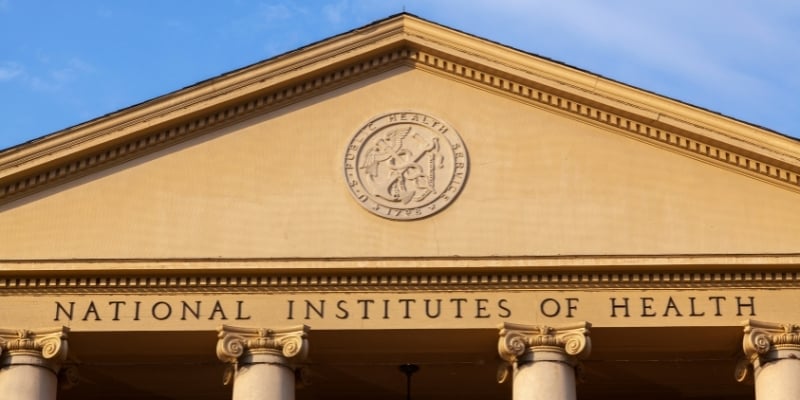The Colorado Department of Public Health and Environment (CDPHE) and the Colorado School of Public Health released an updated statewide modeling report and updated regional modelsshowing that public health protocols before the Thanksgiving holiday have helped to slow the spread of the SARS-CoV-2.
Transmission control of the virus improved across the state in recent weeks; hospital demand and cases have declined, but it will be weeks before both reach lower levels.
“The steady downward trend in Colorado is not what is being seen across the country. Colorado’s trend is much better than most states. Coloradans’ actions and Colorado policies made a difference and prevented a substantial Thanksgiving surge and have led to the declines we are seeing now,” said Dr. Rachel Herlihy, state epidemiologist, CDPHE.
The latest modeling provides projections based on COVID-19 hospital census data through December 14, 2020.
“There are still more Coloradans in the hospital than at the April peak and contacts remain very risky,” said Jonathan Samet, MD, MS, dean of the Colorado School of Public Health. “This declining trajectory of the epidemic could be reversed by holiday lapses if Coloradans don’t remain vigilant in wearing masks, limiting contact with others outside of their households, and maintaining distance in public spaces.”
The models are based on Colorado data and assumptions based on the current state of the science.
“We can’t let up now. Hope is on the horizon with the vaccine. We need to make it through the holidays with the level of diligence we had over Thanksgiving. Please only celebrate in-person with the people who live with you,” said Jill Hunsaker Ryan, executive director, CDPHE. “The best gift we can all receive is a healthy holiday season.”
Key findings from the reports:
- Transmission control continues to improve and is now at 82%, but December holidays are ahead.
- There is no evidence of a Thanksgiving bump, up to 18 days after the holiday.
- The effective reproductive number is below 1, meaning that the epidemic is declining, but infection prevalence remains dangerously high. An estimated 1 in 59 Coloradans is currently infectious.
- Infections are decreasing or flat in most LPHA regions (Local Public Health Agencies) across the state. The estimated effective reproductive number varies from 0.6 to 1.2. Infections are spreading most rapidly in the East Central region and continue to increase in the Northwest LPHA region. Infection prevalence remains high in most regions.
- At the current level of transmission control, hospital demand and cases will continue to decline, but it will be weeks before hospital demand and infection prevalence reach low levels, for example as low as during the summer. This declining trajectory could be reversed by holiday lapses. Potential peaks are lower than projected previously.
The Colorado School of Public Health (ColoradoSPH) assembled the expert group that works with the state on modeling projections. The group includes modeling scientists at the ColoradoSPH and the University of Colorado School of Medicine at the CU Anschutz Medical Campus, as well as experts from the University of Colorado Boulder, University of Colorado Denver, and Colorado State University.
All previous modeling reports are available on the Colorado School of Public Health’s COVID-19 website.
The state will continue to review data and model findings as the pandemic continues to inform policy decisions. Continue to stay up to date by visiting covid19.colorado.gov.






